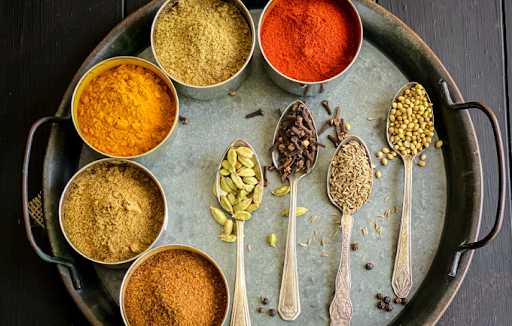Introduction
In the rich tapestry of cultures and traditions around the world, there are gems that sparkle with uniqueness and captivate the senses. One such gem is the enigmatic and alluring concept of “Masalwseen.” This intriguing term has piqued the curiosity of many, offering a glimpse into a world of flavors, aromas, and age-old traditions. In this article, we will embark on a journey to uncover the essence of Masalwseen, understand its significance, and explore its evolution through time.
The Essence of Masalwseen
Masalwseen is not just a word; it is a doorway to a world where culinary artistry meets the warmth of tradition. Rooted in Middle Eastern culture, Masalwseen is a culinary practice that involves slow-cooking ingredients to perfection. The term itself is derived from Arabic, where “masal” means “cooked,” and “wseen” translates to “slow.” This method of cooking transforms simple ingredients into harmonious symphonies of flavor.
Unveiling the Allure
At the heart of Masalwseen lies the enchantment of time. Unlike modern fast-paced cooking methods, Masalwseen embraces patience. Ingredients, often including meats, vegetables, and aromatic spices, are allowed to meld together over a slow and gentle flame. This unhurried approach results in dishes that are infused with deep, complex flavors that can only be achieved through the passage of time.
The Tradition Lives On
Masalwseen isn’t merely a cooking technique; it is a bridge that connects generations. The art of preparing Masalwseen dishes has been passed down from grandmothers to mothers to daughters, carrying with it stories and memories. Every dish prepared using this method is a testament to the wisdom of the past and the hope for a flavorful future.
Evolution through Time
As cultures evolve and intertwine, so do their culinary traditions. While Masalwseen has its roots in the Middle East, its influence has spread to various corners of the world. Each region has added its own unique twist, adapting the technique to suit local ingredients and tastes. This evolution has led to a beautiful fusion of flavors that reflect the diversity of our global culinary landscape.
Masalwseen in Modern Gastronomy
In today’s fast-paced world, the art of slow-cooking might seem out of place. However, Masalwseen has found its niche even in modern gastronomy. Renowned chefs and food enthusiasts are rediscovering the charm of this method, experimenting with innovative ingredients and techniques to create contemporary Masalwseen-inspired dishes.
The Magnetic Pull of Aromas
One cannot speak of Masalwseen without mentioning its aromatic allure. As ingredients simmer and meld, they release fragrances that have the power to transport us through time and space. The interplay of spices and ingredients creates an olfactory experience that is as captivating as the taste itself.
Conclusion
Masalwseen is more than a cooking technique; it is a testament to the power of patience and the beauty of tradition. With its roots firmly planted in Middle Eastern culture, this slow-cooking method has transcended boundaries, bringing people together through the love of flavor. As we savor the dishes prepared with this method, we not only enjoy a culinary masterpiece but also become part of a narrative that stretches back centuries.
FAQs
Q1: What types of dishes are typically prepared using the Masalwseen method?
A1: Masalwseen is commonly used for slow-cooking meats, vegetables, and legumes. Dishes like lamb stew, chicken with aromatic spices, and hearty vegetable medleys are popular choices.
Q2: Can I try Masalwseen cooking at home, and is it time-consuming?
A2: Absolutely! While Masalwseen involves slow cooking, it doesn’t require constant attention. You can use a slow cooker or a low flame on the stovetop to achieve the desired results.
Q3: Are there vegetarian or vegan Masalwseen options available?
A3: Yes, Masalwseen can be adapted to various dietary preferences. You can create flavorful vegetarian or vegan dishes using ingredients like root vegetables, lentils, and a blend of aromatic spices.
Q4: How has Masalwseen influenced modern cooking trends?
A4: Masalwseen has inspired chefs to explore the depth of flavors that slow cooking can offer. Many upscale restaurants incorporate elements of Masalwseen into their menus, offering diners a unique and memorable experience.
Q5: What is the significance of the name “Masalwseen”?
A5: The name “Masalwseen” derives from Arabic, where “masal” means “cooked,” and “wseen” translates to “slow.” It encapsulates the essence of the slow-cooking technique, highlighting its patient and flavorful nature.

